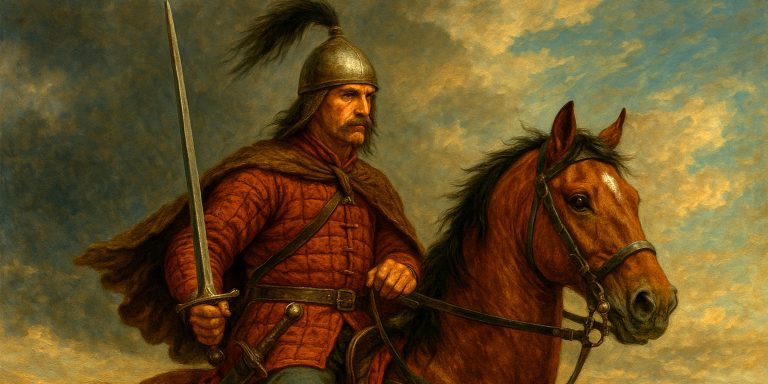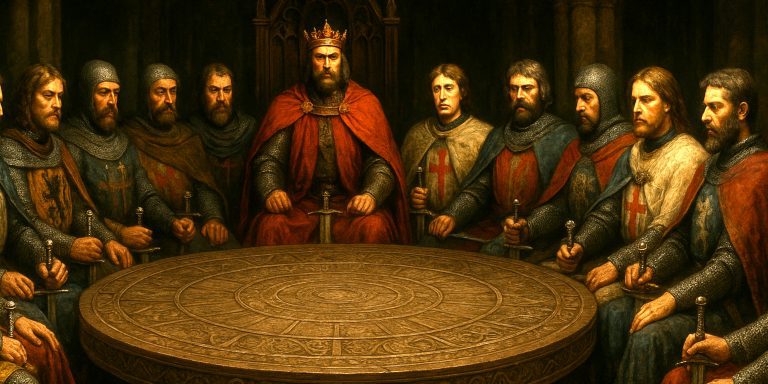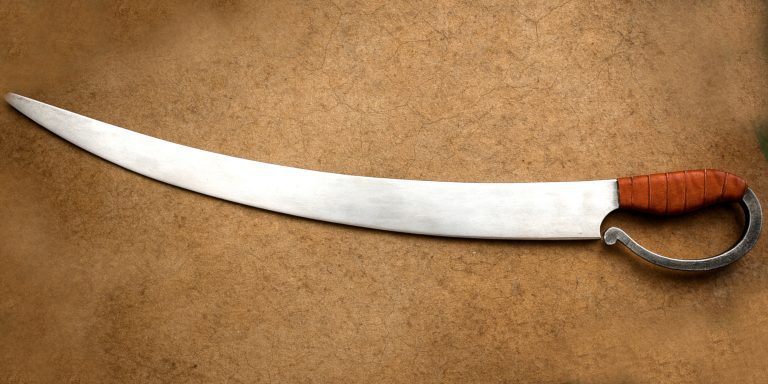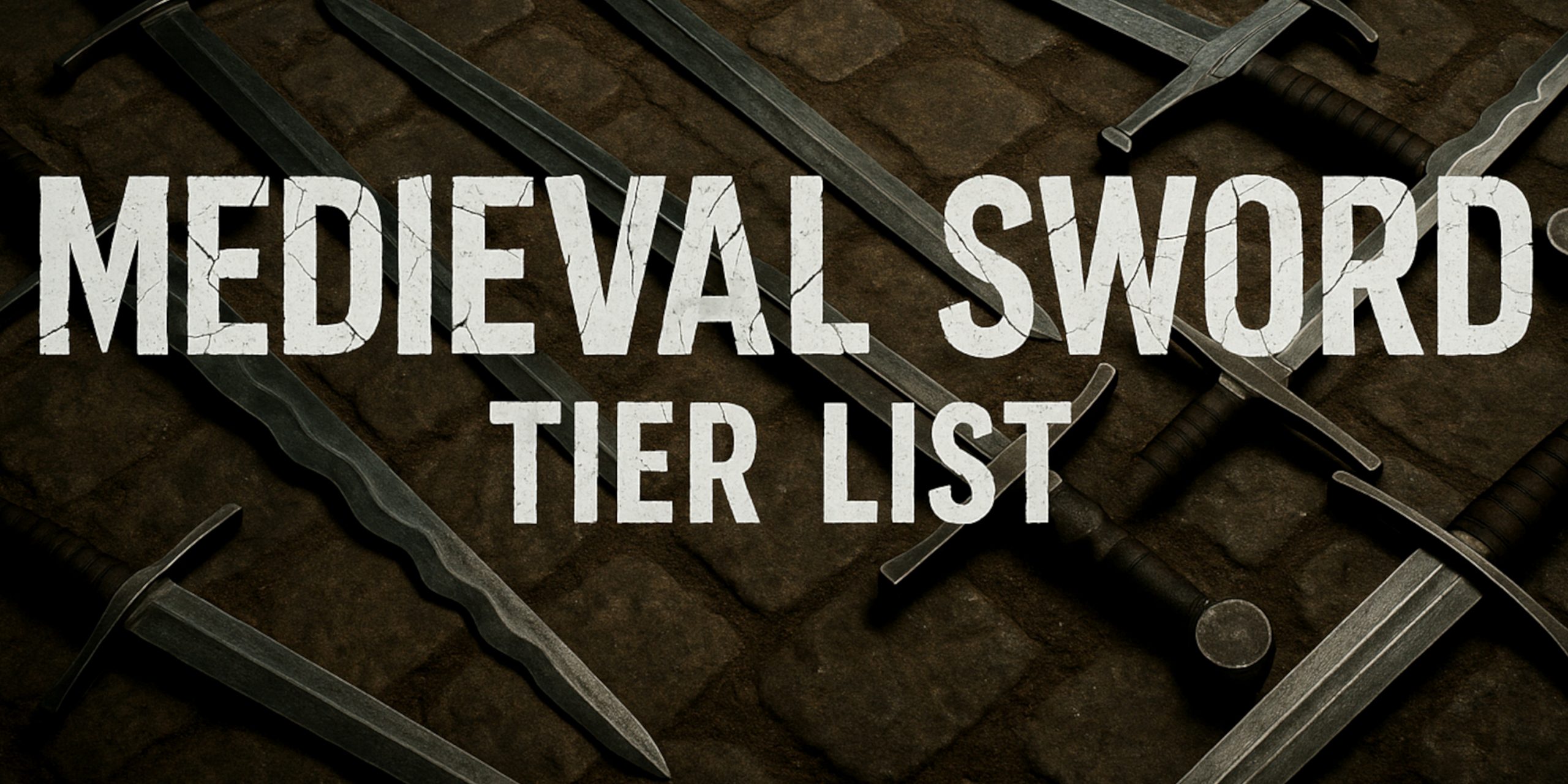
Every medieval weapon had its moment in the sun, but let’s be honest, not all swords were created equal. Some were masterpieces of balance and craftsmanship, others were basically sharp clubs with dreams of greatness. This tier list breaks down the most famous medieval swords, looking at how they performed in combat, how they shaped warfare, and how they’ve aged in the collective imagination.
I’ve gone from the worst to the best so you can savour the climb.
D-Tier: The Questionable Experiments
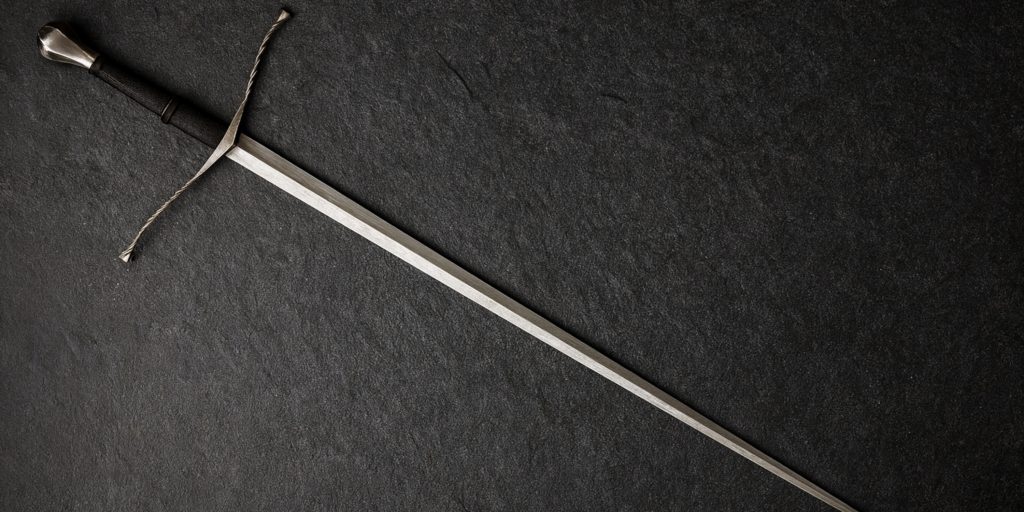
Estoc
A blade designed purely for stabbing through armour. Technically brilliant, spiritually empty. The estoc was basically a lethal iron spike that forgot how to be interesting.
Why it’s D-Tier:
- Effective against plate but nothing else
- Lacked cutting ability entirely
- Zero personality, even for a sword
C-Tier: The Niche and the Not-So-Great

Seax
A Viking-era relic that overstayed its welcome. By the medieval period, it was more a utility blade than a battlefield weapon. Historically cool, but tactically outdated.
Why it’s C-Tier:
- Good for daily use, not for knights
- Great heritage, limited reach
- Outclassed by new designs
Flamberge

The flame-bladed showboat of the sword world. It looked terrifying, but the wavy edge was more art project than tactical innovation.
Why it’s C-Tier:
- Great intimidation factor
- Overly heavy and awkward
- Function followed form a little too much
B-Tier: The Reliable Middle Ground
Sabre (late medieval/early renaissance)

A curved blade made for cavalry and light raiders. Stylish and fast, though more flash than substance when heavy armour was involved.
Why it’s B-Tier:
- Quick and elegant
- Fantastic for slashing on horseback
- Fell short against full plate
Greatsword / Claymore
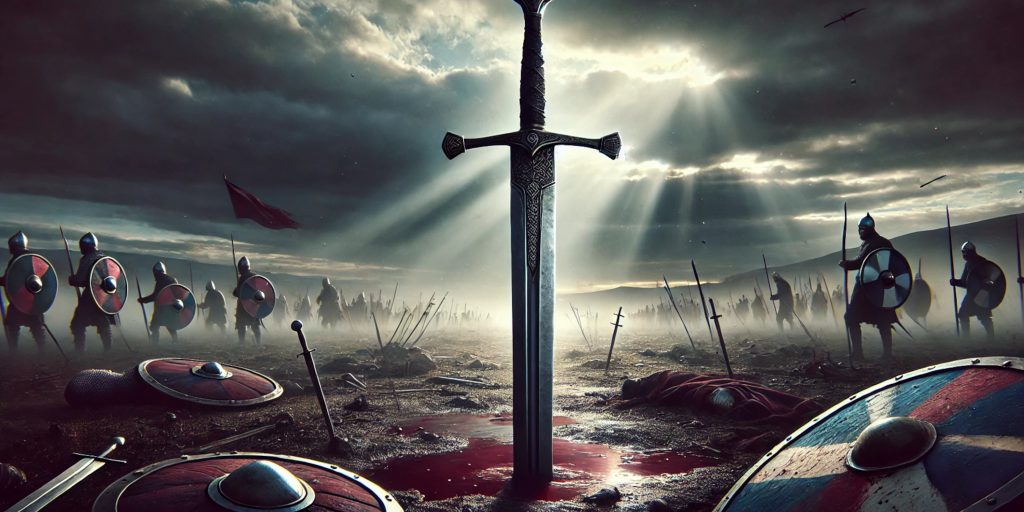
A two-handed slab of steel that turned a soldier into a walking windmill. Deadly when swung, exhausting after five minutes. Brilliant if you had space and stamina.
Why it’s B-Tier:
- Fearsome reach and presence
- Excellent for sweeping strikes
- Heavy, tiring, and situational
A-Tier: The Honourable Blades
Falchion

A single-edged hybrid between sword and cleaver. Brutal, simple, and terrifying. A favourite of foot soldiers who didn’t care much for finesse.
Why it’s A-Tier:
- Devastating power against light armour
- Easy to master
- Underrated by modern audiences
Arming Sword

The quintessential knight’s weapon. Balanced, fast, and built for one-handed use with a shield or buckler. You could win a duel or a crusade with this thing.
Why it’s A-Tier:
- Perfectly balanced for defence and offence
- Elegant without being pretentious
- The knight’s faithful companion
S-Tier: The Legendary Blades
Katana
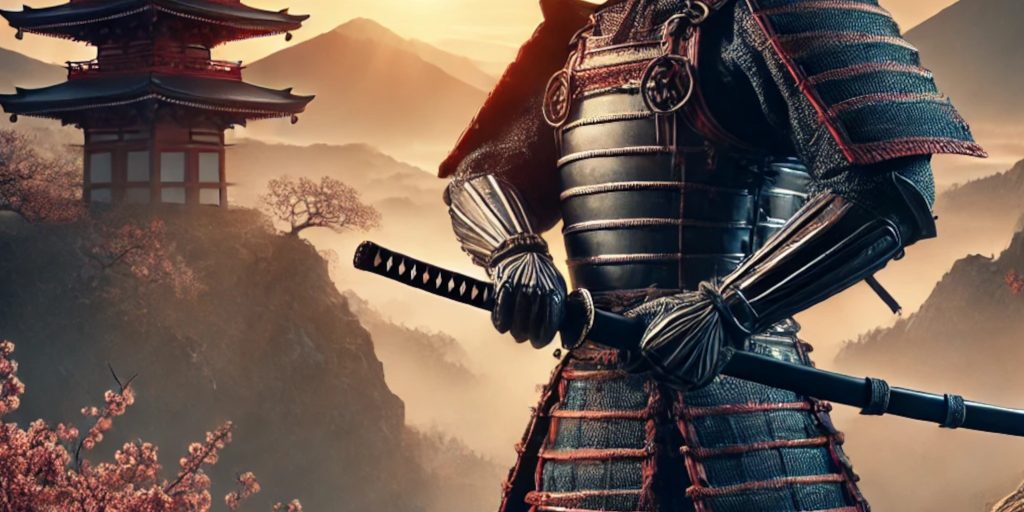
Refined, spiritual, and lethally efficient. The katana’s design philosophy focused on precision and respect for the blade, something Europe’s blacksmiths might’ve called “fancy nonsense” until it sliced them in half.
Why it’s S-Tier:
- Razor-sharp and fast
- Deeply tied to identity and discipline
- A weapon of both art and war
Longsword
The undisputed monarch of medieval steel. Balanced, beautiful, and endlessly versatile, it was as effective in a duel as it was on a muddy field. The longsword was both a tool of war and a symbol of mastery.
Why it’s S-Tier:
- Superior reach, balance, and adaptability
- Effective against both armour and flesh
- Defined European swordsmanship
Honourable Mentions
- Scimitar: Sleek, curved, and exotic. Deadly in its element, but a bit of an outsider in medieval Europe.
- Messers: Essentially a kitchen knife that hit the gym and joined the infantry.
The Seven Swords Takeaway
Medieval swords were status symbols, works of art, and sometimes, desperate experiments in metallurgy. From the estoc’s sharp monotony to the longsword’s elegant dominance, each blade reflects the priorities of its time: innovation, identity, and the endless pursuit of a sharper edge.
If you ever find yourself time-travelling to the 14th century, do yourself a favour. Leave the estoc on the rack and grab a longsword.
Discalimer: In my opinion, yada yada, put down your Flamberge and step away!

